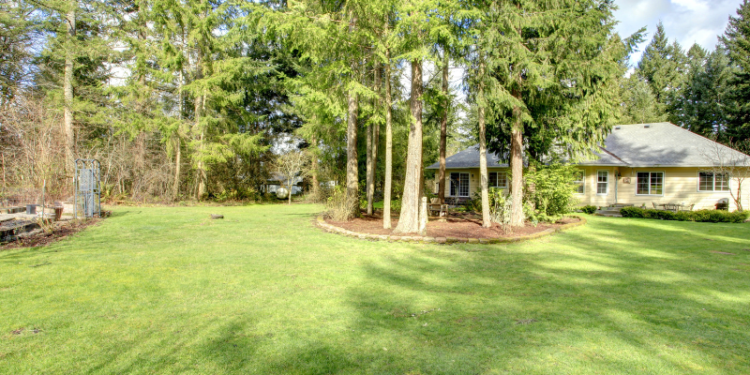What is grading in landscaping?
Well, Grading is a basic landscaping technique that involves levelling and shaping the earth to create desired slopes and curves. It takes precise design and execution to create outdoor areas that are aesthetically pleasing, practical, and environmentally sustainable. This process is both scientific and artistic. Grading is essential in forming the landscape because it controls water runoff, improves accessibility, and maintains plant health. In this article, we shall explore many different aspects of grading in landscaping and its importance in designing carefully planned outdoor spaces.
Surface Drainage
Setting up appropriate surface drainage is one of the main grading goals in landscaping. Inadequate drainage can lead to problems for landscapes, including erosion, flooding, and water retention. Landscape architects can manage the water flow by deliberately shaping the terrain to divert it from buildings and weak spots. The intention is to keep water from building up in unwanted regions so that the landscape can withstand rain and other water sources while remaining solid.
Slope and Contour for Practicality and Aesthetics
Land Grading enables the construction of slopes and contours with practical and aesthetic uses. Moderate slopes can provide the landscape depth and visual interest by adding depth. Terraced or tiered landscapes, which provide distinctive and eye-catching design components, can be created with well-defined curves. These slopes and contours can also improve the area’s usefulness by facilitating efficient water management and avoiding problems with soil erosion.
Structural and Foundation Stability
Land Grading is essential to maintaining the stability of structures and foundations in the landscape. By directing water away from foundations, proper grading around buildings lowers the possibility of soil erosion and corresponding harm. This is especially crucial in areas with variable weather patterns because, over time, poor water management can weaken the structural integrity of buildings. Landscapers make an important contribution to outdoor structures’ long-term stability and longevity by taking care of the fundamental grading components.
Accessibility and Usability
Establishing level spaces for various outdoor activities is a crucial grading component. Whether planning a driveway, patio, or pathway, level ground is necessary to guarantee usage and accessibility. Grading aids in creating level surfaces that are both secure and useful for a variety of uses. This feature is crucial for homeowners who want to maximise their outside spaces and design settings ideal for leisure, entertainment, and outdoor recreation.
Plant Health and Soil Conditions
Land Grading greatly impacts how healthy the plants are in the landscape. Landscapers can prevent waterlogged situations that cause root decay and other plant diseases by controlling soil drainage through topographical shaping. Water is distributed uniformly thanks to proper grading, creating ideal plant-growing conditions. This is crucial to developing lush lawns, gardens, and other vegetative features in the landscape.
Regulatory Compliance
Local building codes and regulations apply to landscaping grading. Municipalities frequently have strict regulations to control water flow, stop erosion, and ensure that grading techniques don’t negatively affect nearby properties. Adherence to these standards is essential during the design and construction phases to stay out of legal trouble and to encourage responsible landscaping methods that take the environment’s overall effects into account.
In Summary
In landscaping, land grading is a complicated procedure incorporating functional and aesthetic factors. It is an essential stage in designing outdoor areas that are aesthetically pleasing, practical, sustainable, and comply with local laws. Grading is the fundamental component of landscape design, sculpting the land to satisfy the various demands of the environment and the people who live there, from surface drainage to foundation stability, accessibility, and erosion management.
Source: https://blogstudiio.com/what-is-grading-in-landscaping-its-significance-and-aspects/
